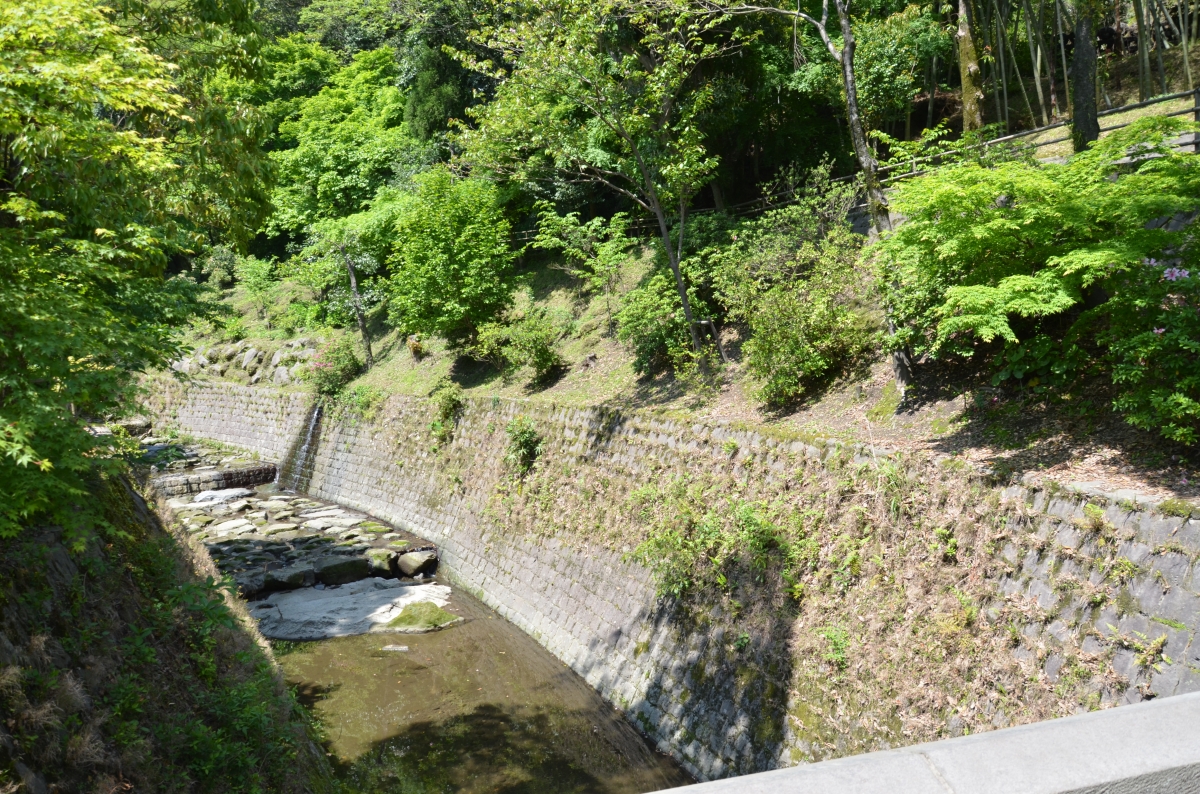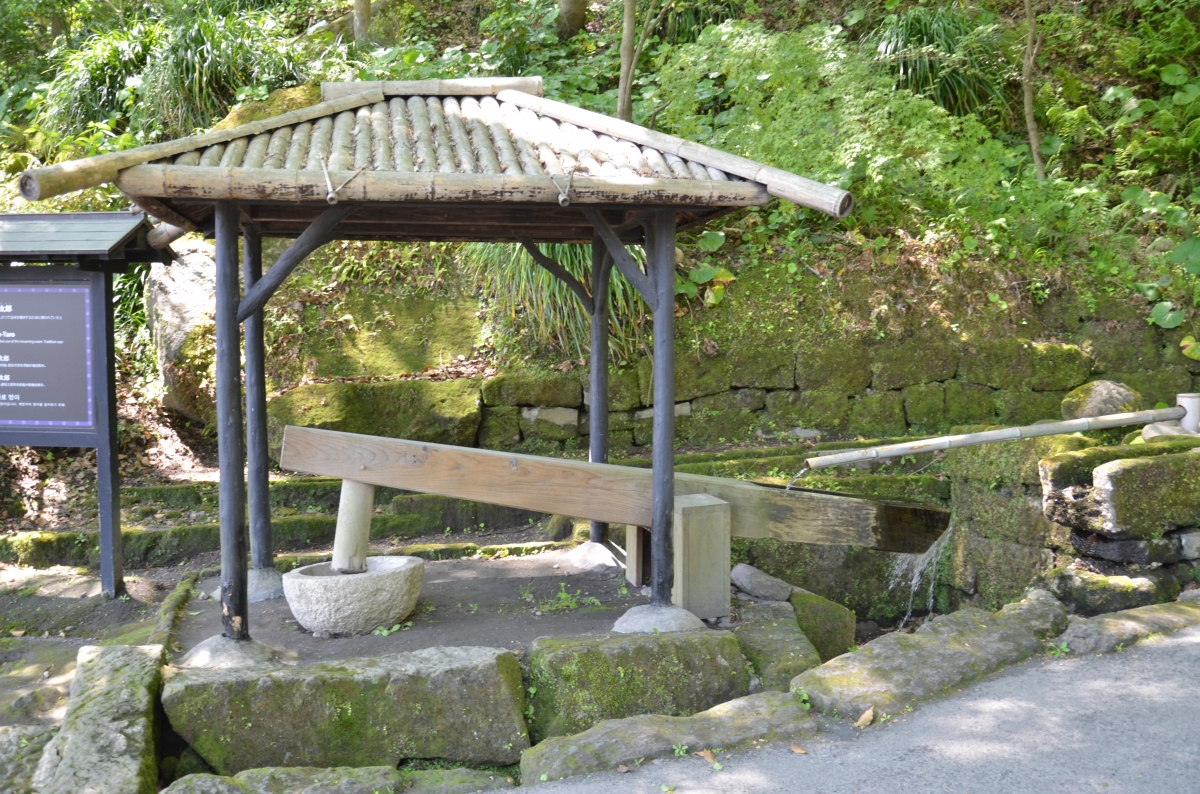In our 2016 Japan trip, we spent the last six days in Tokyo. I really wanted to go to the site of the National Stadium, so one sunny morning, we hopped onto the Ginza subway line at Asakusa station, and went to Gaienmae. From there, we walked to the site of the stadium.
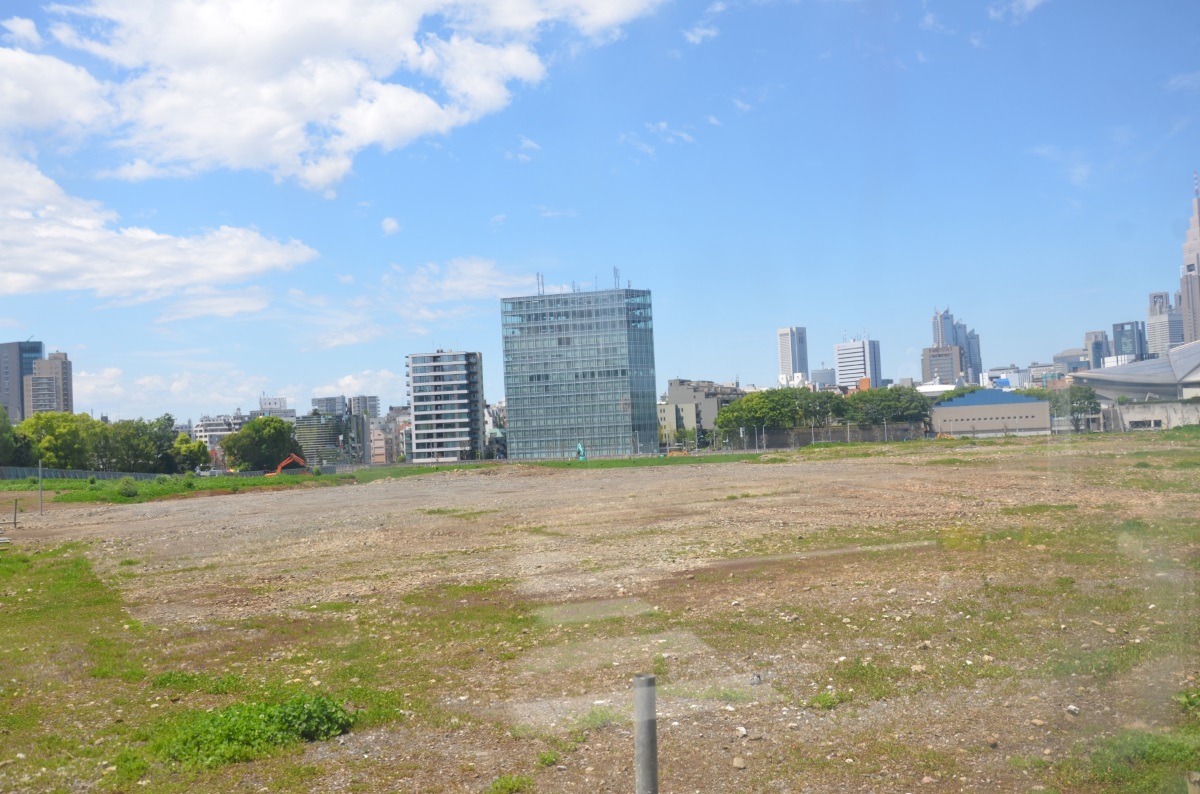
Site of the 2020 Olympic stadium, Tokyo May 2016
The old stadium that was built in 1958, and that served as the venue for the opening/closing ceremonies and track and field during the 1964 Tokyo Olympics has been completely demolished, and the ground was being prepared for construction of the new stadium for the 2020 Tokyo Olympic Games. It was sad to see that the old stadium was torn down. I remember one day in 1978 when Ritsuko and I were walking through the area, and on a whim, went into the old stadium and watched a soccer game. But, such is progress, and I look forward to seeing the new stadium. The plans have changed from the original design, but I am confident that it will be magnificent.
Nearby, some of the streets were blocked off for a children's bicycle race. That was really cute, and quite unexpected.

Children's bicycle race near Meiji Jingu Gaien, Tokyo May 2016
Moving on, we continued to walk, with one thing or another catching our attention, and thus diverting our path. Finally, we found ourselves approaching Shinjuku Station on the east side, and made our way on to the main east entrance of the station. From there, walking into the famous (or sometimes infamous) Kabukicho district, I looked down the street and saw Godzilla, or as he is called in Japan, ゴジラ (Gojira), clutching onto the top of the Toho Cinemas building.
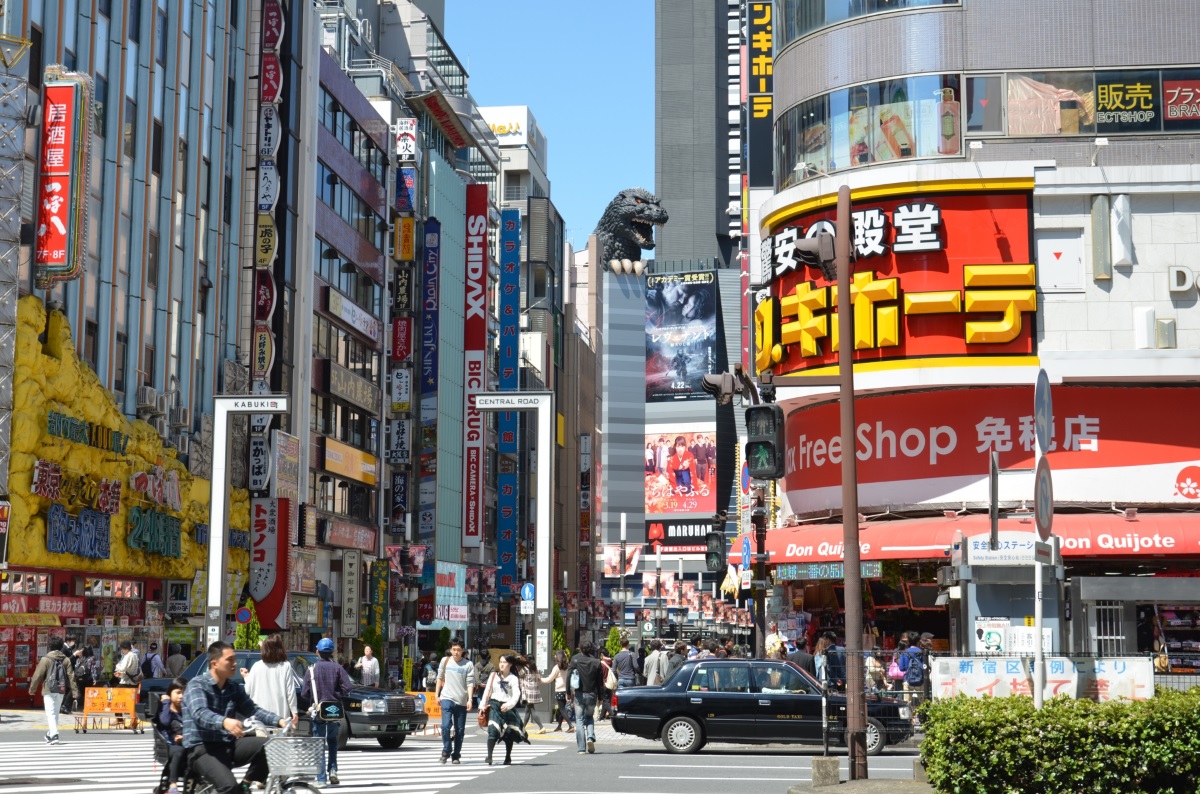
Godzilla atop the Toho Cinema Building, Shinjuku
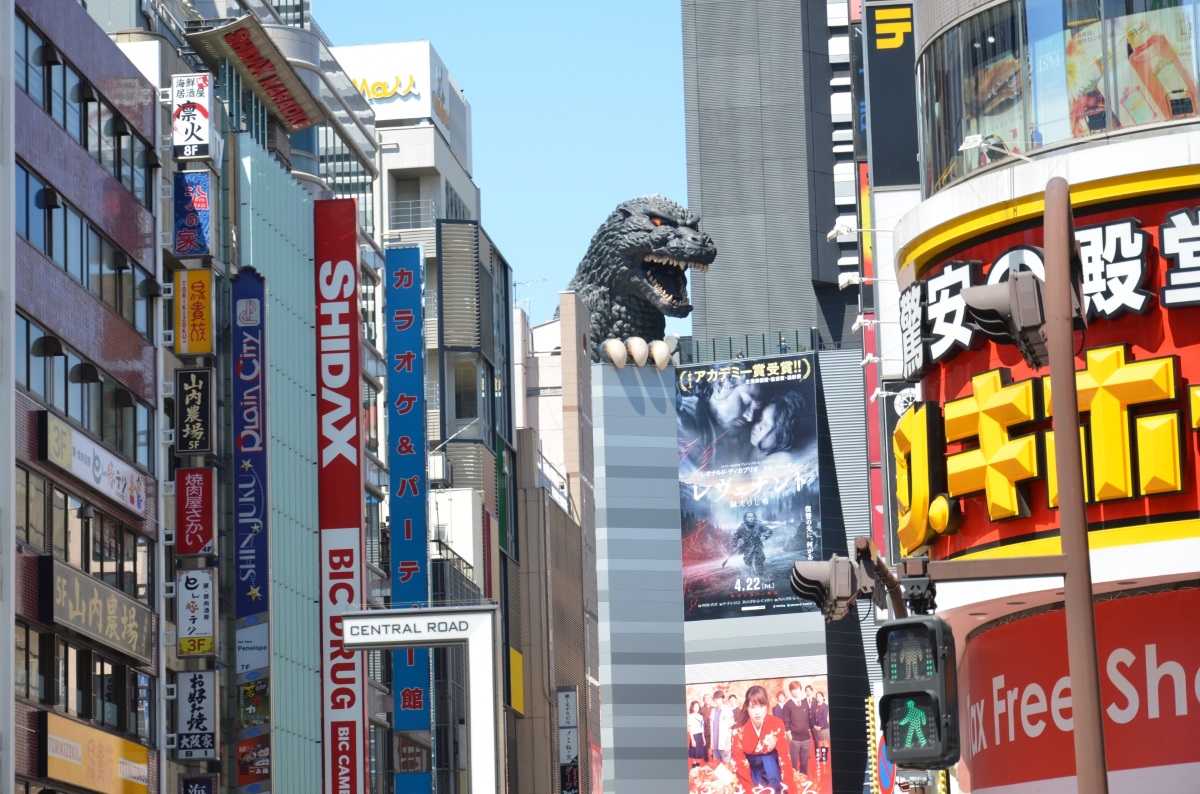
2016 Toho Cinema promotes new Godzilla movie, シンゴジラ(Shin Gojira) by putting him on top of their building in Shinjuku
This was part of a promotion for the latest Godzilla movie, シンゴジラ (Shin Gojira), that Toho Cinemas was releasing in 2016. Later that evening, I emailed the pictures to a few friends in order to let them know that, just in case they had ever wondered what had happened to the big scaly fellow, Godzilla aka ゴジラ (Gojira) was alive and well in Shinjuku.

